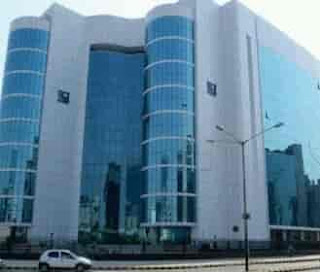google.com, pub-3084614342339514, DIRECT, f08c47fec0942fa0
UGC NET ,UPSC and other UGC UGC NET,UPSC and other Competitive Exams US Central bank (U.S.A) Supply of Cash Money Concept
The US Central bank distributed information on three financial totals until 2006, when it stopped production of M3 information ( On Walk 23, 2006, the Leading group of Governors of the Central bank Framework will stop production of the M3 money related total.) and just distributed information on M1 and M2. M1 comprises of cash ordinarily utilized for installment .
Money available for use and financial records adjusts; and M2 incorporates M1 in addition to balances that by and large are like exchange accounts and that, generally, can be changed over reasonably promptly to M1 with almost no loss of head. The M2 measure is believed to be held essentially by family units. Preceding its stopping, M3 included M2 in addition to specific records that are held by elements other than people and are given by banks and frugality organizations to increase M2-type adjusts in fulfilling acknowledge needs, just as equalizations in currency advertise shared finances held by institutional financial specialists. The totals have had various jobs in money related strategy as their unwavering quality as aides has changed.
The important parts of Cash supply
1) M0: The aggregate of all physical money including coinage. M0 = Central bank Notes + US Notes + Coins. It isn't important whether the money is held inside or outside of the private financial framework as stores.
2 ) MB: The aggregate of all physical cash in addition to Central bank Stores (uncommon stores that no one but banks can have at the Fed). MB = Coins + US Notes + Central bank Notes + Central bank Stores
3) M1: The aggregate sum of M0 (money/coin) outside of the private financial framework in addition to the measure of interest stores, explorers checks and other checkable stores
4) M2: M1 + most investment accounts, currency showcase accounts, retail currency advertise shared assets, and little section time stores (declarations of store of under $100,000).
5) MZM: 'Cash Zero Development' is one of the most famous totals being used by the Fed since its speed has generally been the most exact indicator of swelling. It is M2 – time stores + currency advertise reserves
6) M3: M2 + every single other Disc (enormous time stores, institutional currency showcase shared reserve adjusts), stores of eurodollars and repurchase understandings.
M4-: M3 + Business Paper
M4: M4-+ T-Bills (or M3 + Business Paper + T-Bills)
7) L: The broadest proportion of liquidity, that the Central bank never again tracks. L is near M4 + Brokers' Acknowledgment
8) Cash Multiplier:
M1/MB. While a multiplier under one is generally a peculiarity, this is an impression of the prominence of M2 over M1 and the enormous measure of MB the administration has made since 2008.
In spite of the fact that the Treasury can and holds money and an uncommon store account at the Fed (took care of assets), these advantages don't include in any of the totals. So generally, cash paid in charges paid to the Government (Treasury) is barred from the cash supply. To counter this, the administration made the Treasury Duty and Advance (TT&L) program in which any receipts over a specific limit are redeposited in private banks. The thought is that duty receipts won't decline the measure of stores in the financial framework. The TT&L accounts, while request stores, don't check toward M1 or some other total either.



Comments
Post a Comment